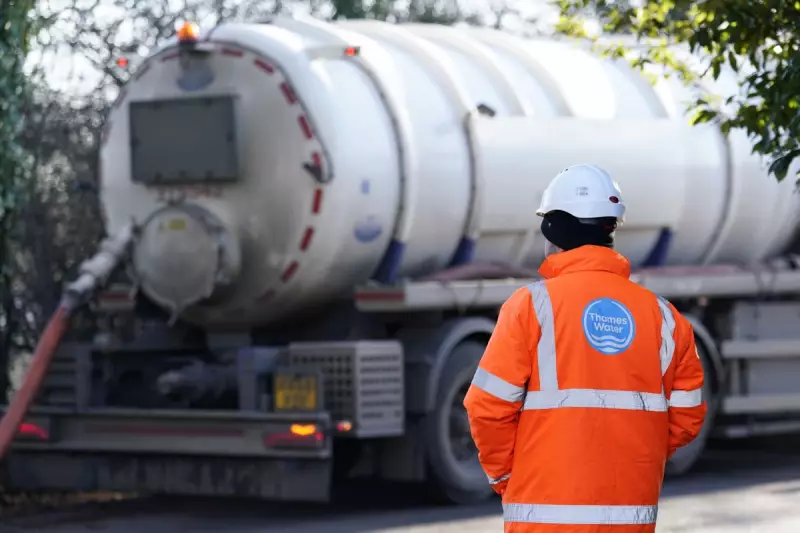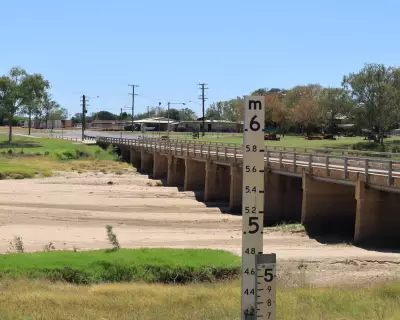
The UK government is on standby to intervene as Thames Water, Britain's largest water supplier, teeters on the brink of financial collapse. With billions in debt and mounting operational challenges, the utility giant has sparked urgent discussions in Whitehall about potential emergency measures.
Regulators on High Alert
Water regulator Ofwat and Environment Secretary Steve Reed are closely monitoring the situation. "We're prepared for any scenario," Reed stated, emphasising that protecting consumers remains the top priority. The government has reportedly drawn up contingency plans codenamed 'Project Timber' to handle a potential temporary nationalisation.
What This Means for Customers
While Thames Water insists services will continue uninterrupted, customers face uncertainty about:
- Potential bill increases
- Service reliability
- Long-term infrastructure investments
The company serves 15 million households across London and the Thames Valley, making its stability crucial to the nation's water security.
Roots of the Crisis
Analysts point to several factors behind Thames Water's predicament:
- £14 billion debt burden
- Regulatory pressures to reduce leaks and pollution
- Rising operational costs
- Shareholder reluctance to inject more capital
The situation has drawn comparisons to the energy sector collapses of 2021, though water utilities present unique challenges due to their natural monopoly status.
What Happens Next?
Government sources suggest several potential outcomes:
- Short-term special administration
- Debt restructuring
- Forced sale of assets
- New regulatory framework
As the crisis unfolds, all eyes remain on Westminster and the water regulator's next moves. One thing is certain - the way this situation is handled could set precedents for how Britain manages essential infrastructure failures in the future.





